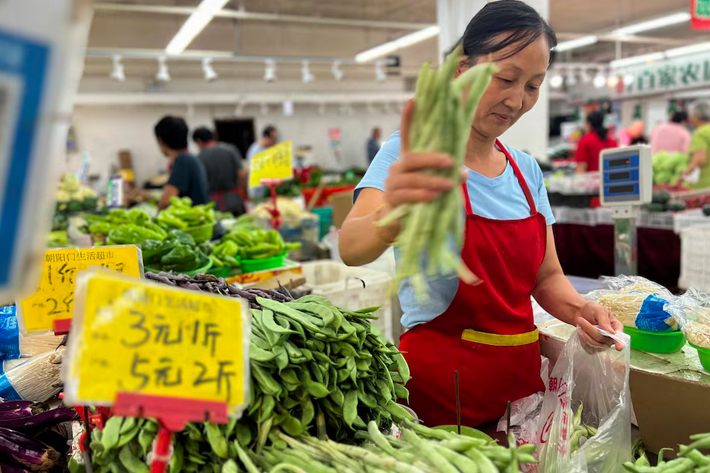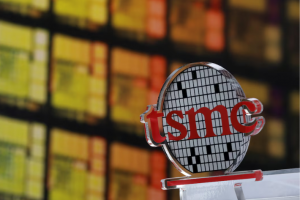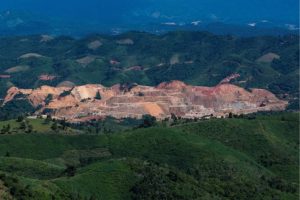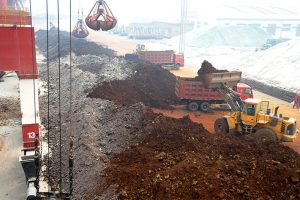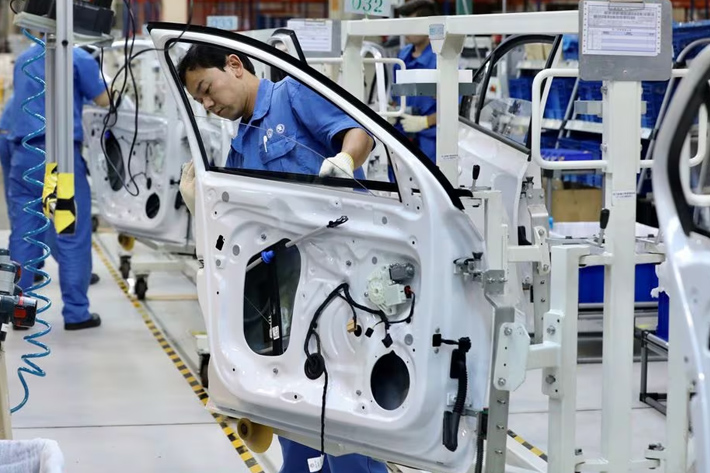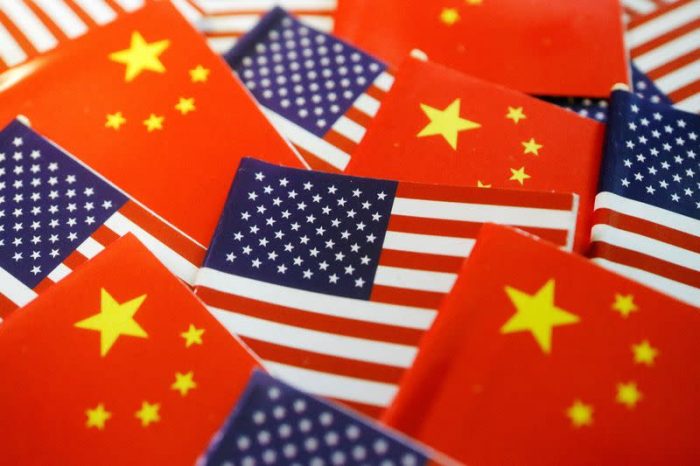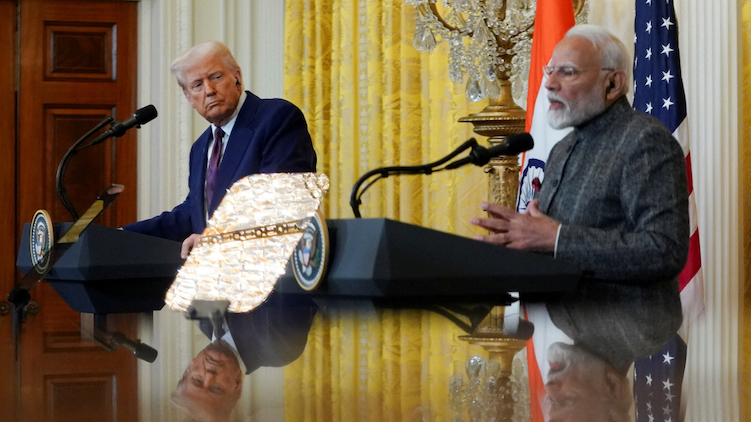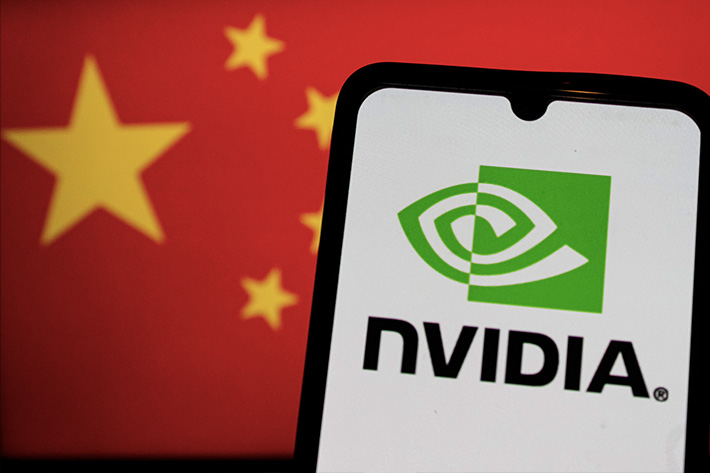China’s policymakers face pressure to do more to revive the domestic economy after underwhelming data for July emerged on Friday.
Factory output slumped to an eight-month low, while retail sales also slowed sharply – results that could get worse in coming months if no deal is reached with the US on tariffs and the country continues struggle with weak consumption and extreme weather.
Industrial output grew 5.7% year-on-year in July, National Bureau of Statistics (NBS) data showed on Friday, the lowest reading since November 2024.
ALSO SEE: Bridgewater Sells All US-Listed China Stocks in US in 2nd Quarter
Retail sales, a gauge of consumption, expanded 3.7% in July, the slowest pace since December 2024, and cooling from a 4.8% rise in the previous month.
The temporary trade truce reached between China and the US in mid-May was extended by another 90 days this week, which prevented US tariff rates on Chinese goods from returning to three-digit levels.
But Chinese manufacturers’ profits continue to take a hit from subdued demand and factory-gate deflation at home.
“The economy is quite reliant on government support, and the issue is those efforts were ‘front-loaded’ to the early months of 2025, and by now their impact has somewhat faded out,” Xu Tianchen, senior economist at the Economist Intelligence Unit, said.
That policy support has helped the world’s second-largest economy avoid a widely anticipated sharp slowdown, along with factories taking advantage of the trade truce to front-load shipments, but analysts say weak demand at home and global risks will drag on growth in coming quarters.
Friday’s data drew a mixed reaction from investors, with Chinese blue chips up 0.5% and Hong Kong stocks down 1.1% in afternoon trading.
Lending contracts for first time in years
Fixed asset investment grew just 1.6% in the first seven months of the year from the same period last year, after expanding by 2.8% in the first half.
“Firms may be running on existing capacity rather than building new plants,” Yuhan Zhang, principal economist at The Conference Board’s China Center, said.
“The July industrial value-add breakdown tells a more nuanced story than the weak fixed asset investment headline,” he added, pointing to China’s automobile manufacturing, railway, shipbuilding, aerospace and other transport equipment industries as “outliers (that) indicate policy-driven, high-tech and strategic sectors are still attracting substantial capital.”
Beijing has recently stepped up policy measures and made pledges to bolster consumption and curb excessive price competition, as authorities strive to lift economic growth towards the government’s 2025 target of around 5%.
The government’s renewed crackdown on ‘disorderly’ competition will help prices recover, Fu Linghui, a spokesperson for the NBS told reporters following the data release.
Officials worry overcapacity among Chinese manufacturers and price cuts made to clear stock are raising expectations among consumers, who are showing few signs of loosening their purse strings, for ever cheaper goods.
China’s new yuan loans contracted in July for the first time in 20 years, separate bank lending data showed on Wednesday, pointing to weak private sector demand.
Property values still falling
A protracted slowdown in the nation’s crucial property sector, a key store of household wealth, continues to put pressure on consumer spending.
New home prices extended a stagnant phase for over two years, falling 2.8% in July year-on-year, versus a 3.2% drop in June.
“The accelerating downturn in property prices in the past few months signals that further policy support is needed,” Lynn Song, ING’s chief economist for Greater China, said in a note.
“It’s difficult to expect consumers to spend with greater confidence if their biggest asset continues to decline in value every month.”
Economic activity has also been impacted by extreme weather, from record-breaking heat to storms and floods across the country, disrupting factory production and day-to-day business operations.
The data and forecasts from analysts suggest Beijing will have its work cut out in getting households to spend more at a time of uncertainty over job security and mounting headwinds from Trump’s global trade war.
China’s 2025 GDP growth is forecast to cool to 4.6% – falling short of the official goal – from last year’s 5.0% and ease even further to 4.2% in 2026, according to the poll.
“We see little reason to expect much of an economic recovery during the rest of this year,” Zichun Huang, China economist at Capital Economics, said.
“The lack of committing to any additional fiscal support in the latest Politburo meeting points to a fading fiscal tailwind.”
- Reuters with additional editing by Jim Pollard
ALSO SEE:
US ‘Put Trackers in AI Chip Shipments to Catch Diversions to China’
China Pressing Tech Giants To Stop Buying Nvidia’s H20 AI Chips
US and China Defer Tariff Surge, Extend Trade Truce For 90 Days
At Least 30 Dead After Huge Downpour in Beijing’s ‘Rain Trap’
China’s Losses From Floods, Disasters in First Half: $7.6 Billion
China’s Leaders Keen to End Vicious Price Wars, Curb Deflation
China’s Xi Issues Rare Warning on Over-Investment in EVs, AI – FT
China Softens Tone on US Ties Amid Potential Thaw In Chip War
China’s Criticism of Price Wars Sheds Light on Xi’s ‘Waning’ Power




